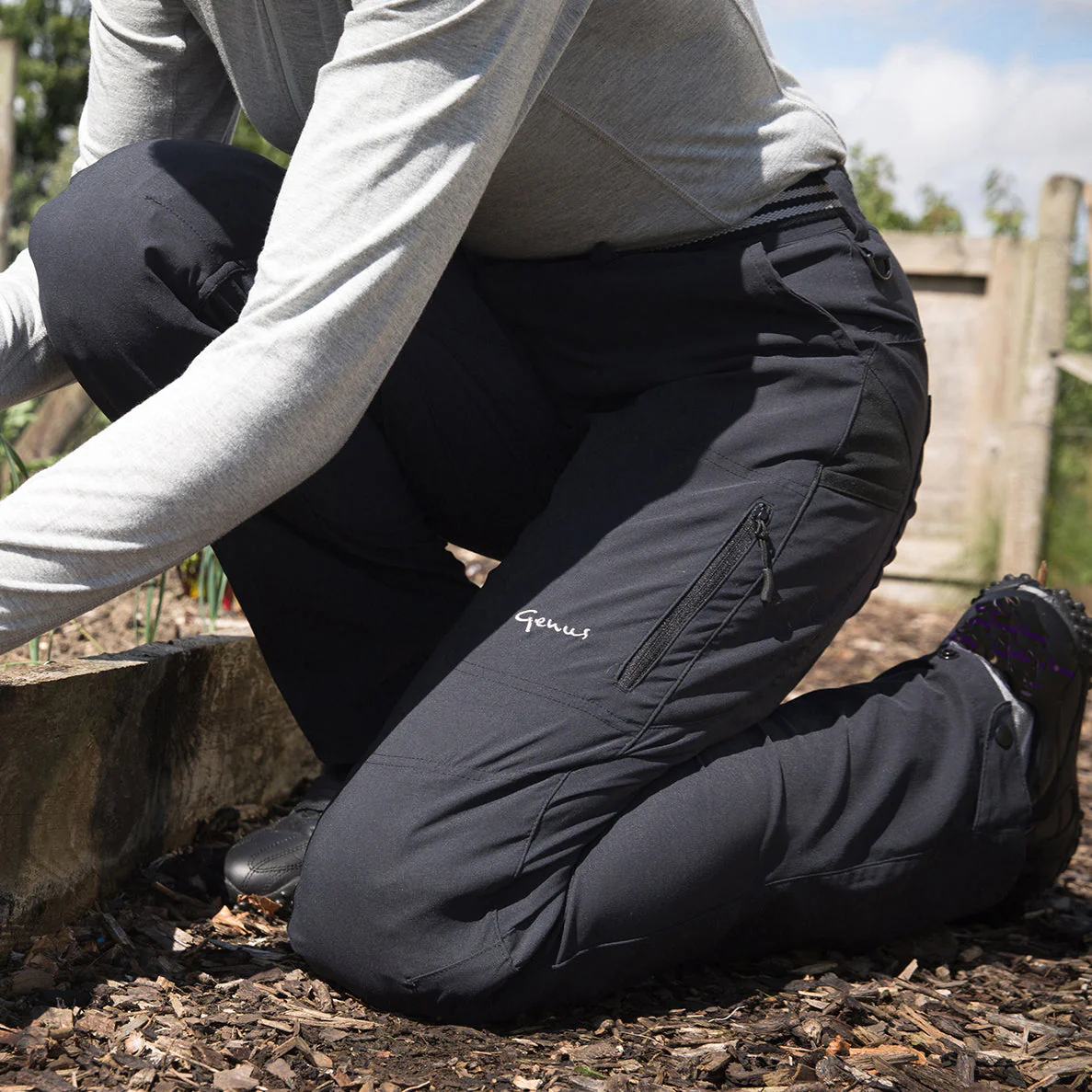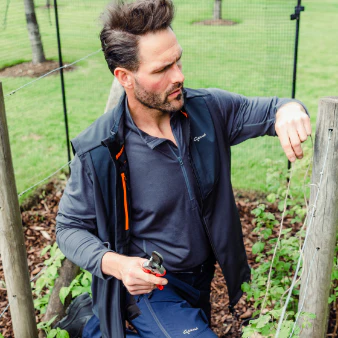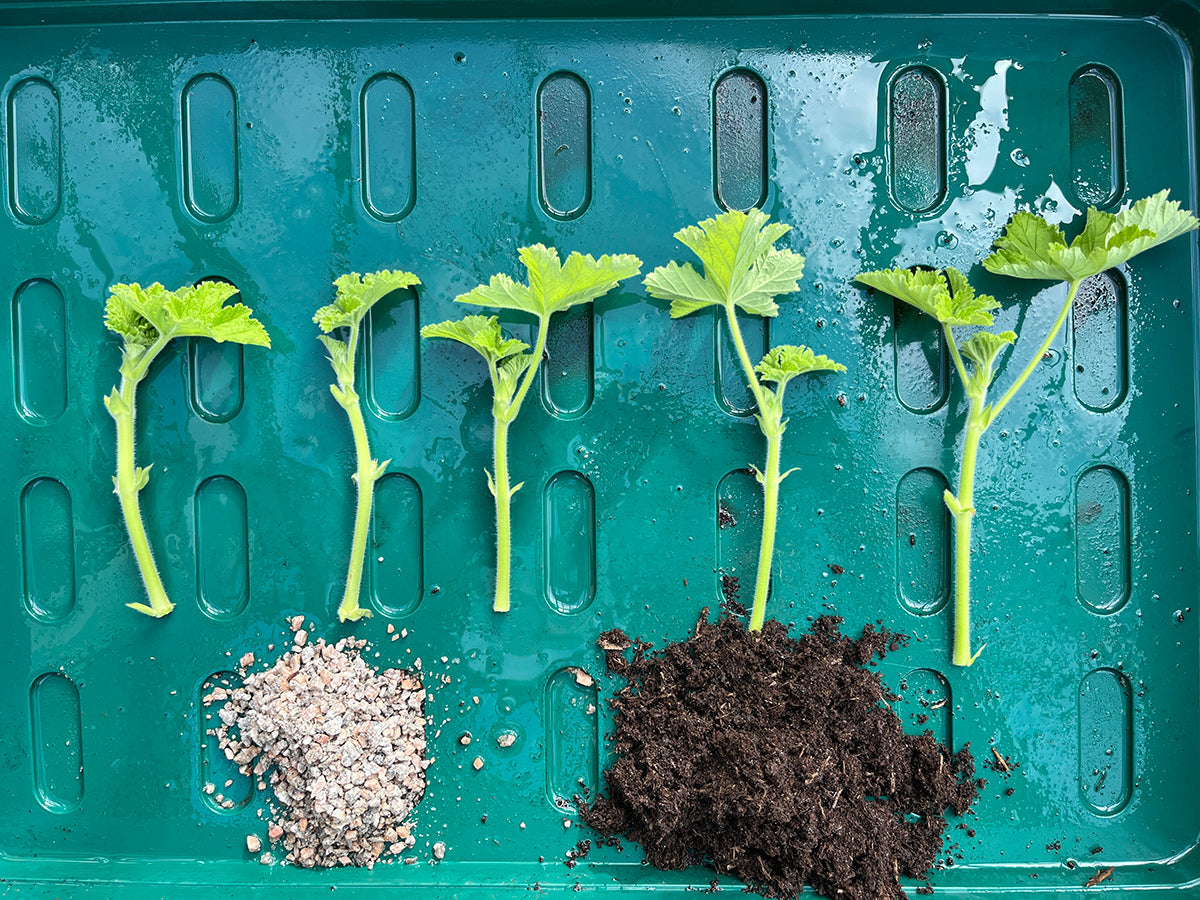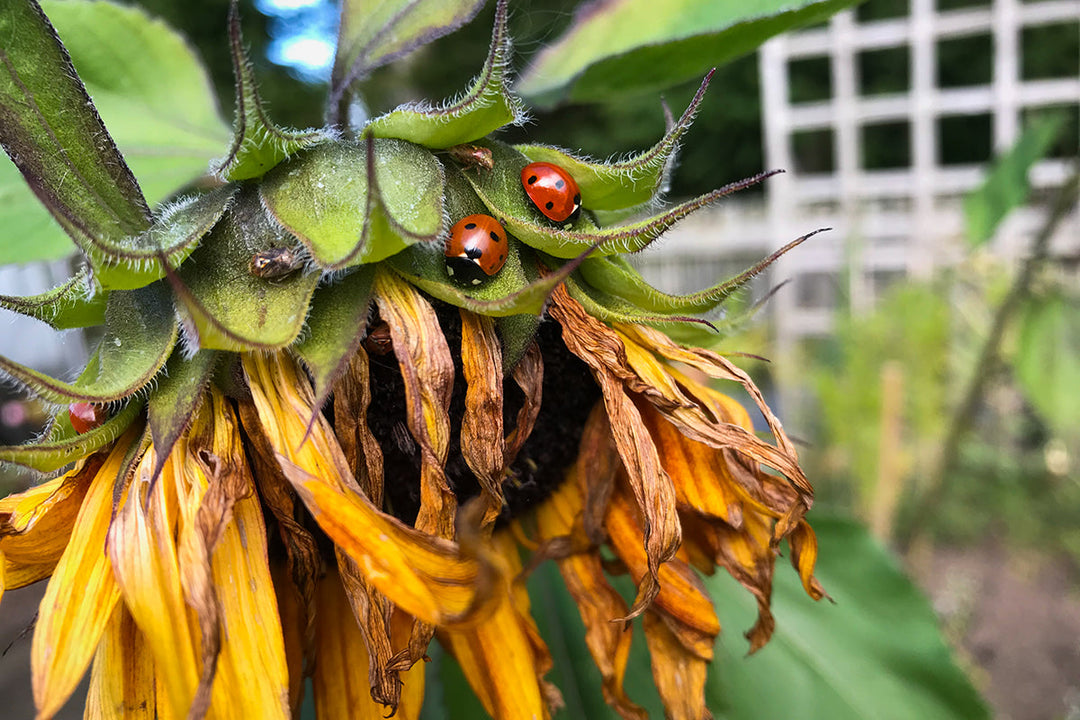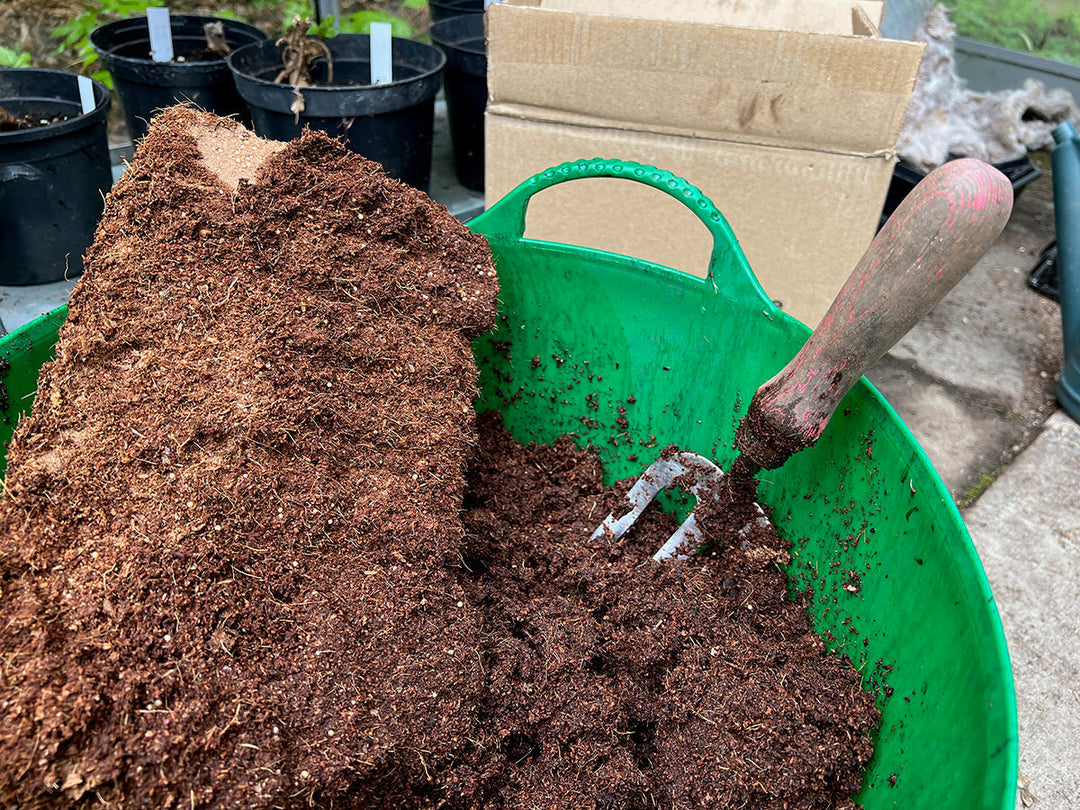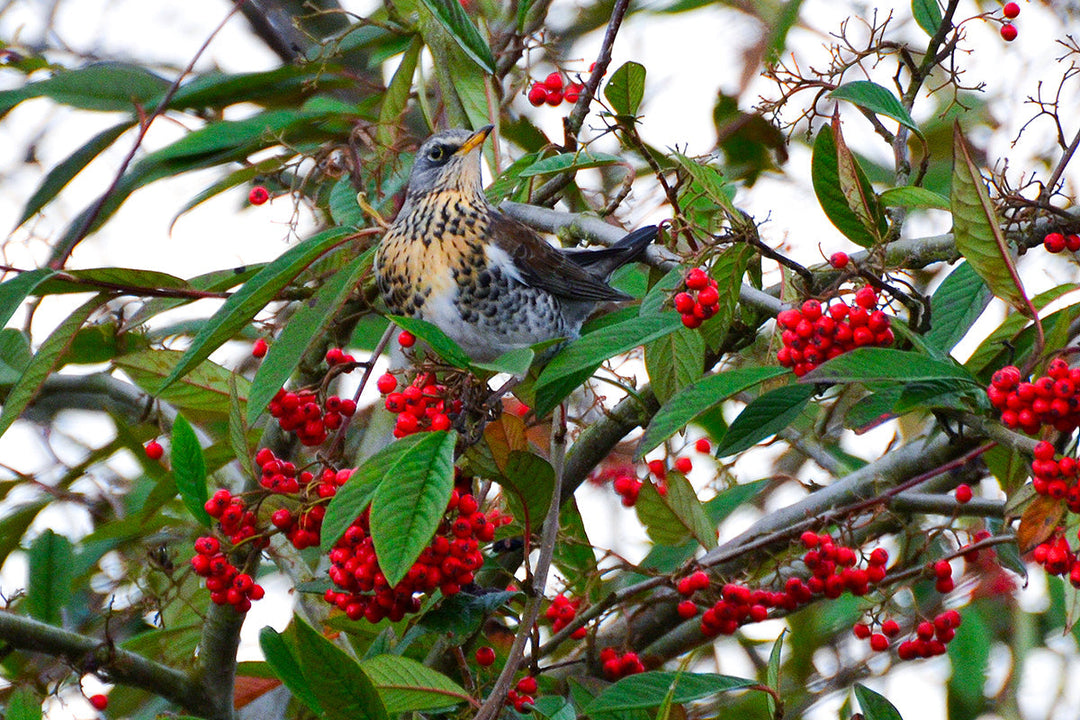Slow worms
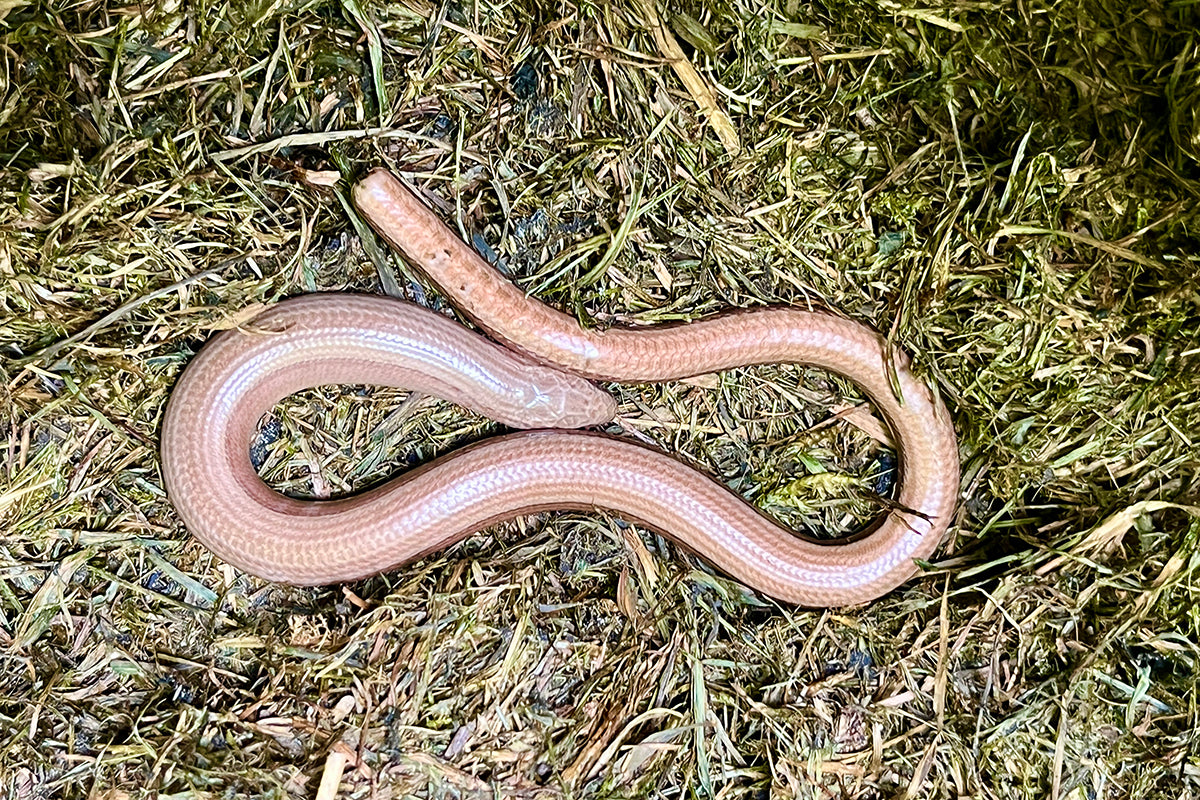
We all love a compost heap - recycling garden plants to reuse as mulch on the borders is always satisfying. But compost heaps have other benefits - they are a popular refuge for animals who enjoy the warmth and protection. Insects and invertebrates, worms and slugs, microscopic bacteria and fungi, all contribute to a thriving ecosystem that leads to the eventual break-down and decomposition of the material we throw in.
It was so exciting this week to discover a slow worm in the heap. These legless lizards aren’t sun baskers like many other reptiles but enjoy the warmth under large stones or in compost heaps such as ours and feed on many of the creatures that inhabit the heap.
The specimen pictured is a great example of a slowworm that has used ‘caudal autotomy’ to lose a portion of its tail - you can see the blunt end. This is the ability to shed a portion of its tail in response to an attack from a predator. The discarded portion continues to wriggle, distracting the predator and enabling the slow worm to make its getaway. The missing tail doesn’t regrow but heals over allowing the slow worm to continue as normal.
Though widespread, the numbers of slow worms are falling, mainly due to habitat loss and because of this they are protected under the Wildlife and Countryside Act, 1981, meaning it is an offence to kill, injure or sell them.
The spotting of a slow worm is something to be celebrated and is always the main topic of discussion at the Genus kitchen table if we are lucky enough to see one.


